If the EPA Doesn’t Hold Stormwater Polluters Accountable, Who Does?
Natural Resources Defense Council (NRDC) filed two lawsuits against the EPA this week for failing to enforce the Clean Water Act against stormwater polluters along Dominguez Channel and Los Cerritos Channel in Los Angeles, CA and the Back River in Baltimore, MD.
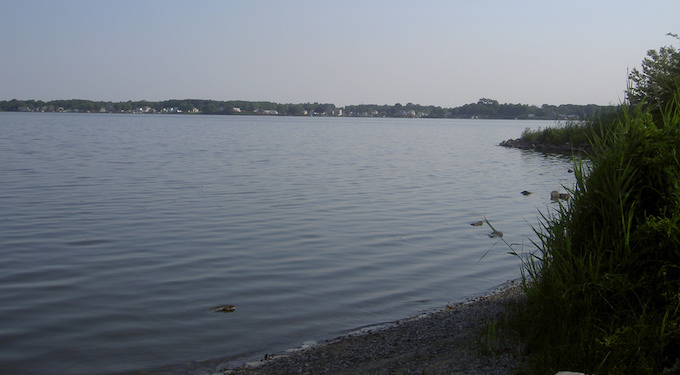
This guest post was written by Becky Hammer, Staff Attorney at Natural Resources Defense Council.
Natural Resources Defense Council (NRDC) filed two lawsuits this week against the Environmental Protection Agency (EPA) for failing to enforce the Clean Water Act against stormwater polluters in the Baltimore and Los Angeles areas.
Privately-owned commercial, industrial, and institutional sites have long contributed to the degradation of the Dominguez Channel and Los Cerritos Channel in Los Angeles and the Back River in Baltimore. When it rains, runoff flowing from hard surfaces on developed sites picks up harmful contaminants and carries them into these three polluted waterways.
In order to tackle this ongoing problem, NRDC submitted petitions to EPA in 2015—along with co-plaintiffs American Rivers, Blue Water Baltimore, and Los Angeles Waterkeeper—asking the agency to exercise its “residual designation authority” and require commercial, institutional, and industrial sites in these watersheds to obtain discharge permits.
NRDC’s lawsuits, filed February 27th and 28th, contend that EPA broke the law by denying the petitions, abdicating the agency’s responsibility to hold polluters accountable.
How bad is the problem?
Southern California’s Los Cerritos Channel has a small marina, which is used by rowing teams and is a popular fishing area. The nearby Colorado Lagoon hosts wildlife habitat and provides public recreation, including swimming. Dominguez Channel, meanwhile, has been the focus of a “greening” project to revitalize portions of the waterway and benefit local disadvantaged communities. And over on the East Coast, Baltimore’s Back River is home to numerous waterfront parks where locals have picnics and go windsurfing.
But these watersheds are legally designated as “impaired” because of high levels of nutrients, sediments, and toxic heavy metals like zinc and copper. That means they’re not clean enough to be safe for human contact or to support aquatic life.
Stormwater runoff from commercial, industrial, and institutional sites contributes a significant percentage of this pollution. These sites collectively occupy about one-quarter to one-third of the land area in each watershed. They tend to have large amounts of impervious area—mainly in the form of parking lots and rooftops—which produce runoff containing high levels of contaminants whenever it rains.
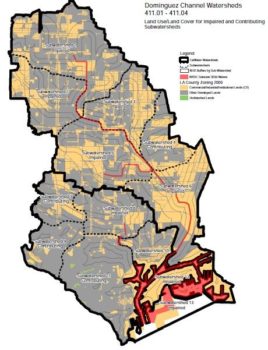
The Dominguez Channel watershed near Los Angeles. Yellow areas represent commercial, industrial, and institutional sites. Gray areas represent other types of sites. Image created by NRDC. (Click to enlarge.)
Government studies over the years have confirmed that commercial, industrial, and institutional stormwater discharges are a big part of local water quality problems. In fact, when it responded to our Dominguez Channel and Los Cerritos Channel petitions, EPA agreed with us that these three types of sites are contributing to copper and zinc contamination in the two California waterways. (The agency declined to make any determination, one way or the other, about the Back River watershed.)
According to the federal Clean Water Act, if EPA determines that a category of stormwater discharges is contributing to water quality violations, the agency must exercise its “residual designation authority” and require those dischargers to apply for permits. Those permits must then require the sites to limit the amount of pollution in their runoff, such as by mandating actions or steps that they must undertake.
So why isn’t EPA acting?
Despite its determination that commercial, industrial, and institutional sites are causing water quality problems in the Dominguez Channel and Los Cerritos Channel watersheds, the agency still refuses to require those sites to reduce their runoff pollution. Instead, EPA wants to rely on other regulatory approaches that just aren’t working.
And with regard to the Back River, EPA refuses to make any determination at all about whether these kinds of sites are contributing to violations, even though we provided the agency with unequivocal evidence that they are. In denying our Back River petition, EPA decided not to decide. But the Clean Water Act doesn’t give the agency that option.
Instead of requiring the sites causing the problems to obtain discharge permits and reduce their runoff pollution, EPA wants to continue depending on municipalities—like Baltimore and Los Angeles County—to clean up the mess. But local governments don’t control the sites generating the runoff, and they haven’t done a good job dealing with this pollution in the past.
Municipal stormwater permits in these watersheds contain loopholes that make it less likely discharges will be controlled enough to meet water quality standards. And local governments charged with carrying out these duties are falling behind on implementation and developing weak clean-up plans.
EPA’s claim that other programs are already addressing the problem isn’t true, and it isn’t a lawful justification for refusing to exercise residual designation authority under the Clean Water Act. Moreover, it isn’t fair: we need commercial, industrial, and institutional properties to clean up their own pollution instead of placing the financial burden on the backs of local governments and, by extension, taxpayers.
In the words of Gary Belan, senior director of clean water supply at our partner American Rivers:
“EPA lost an opportunity to require commercial, industrial, and institutional property owners to control stormwater on-site with proven, cost-effective green infrastructure practices that add benefits to the surrounding community. Instead EPA is leaving these municipalities to pay for the clean-up of polluted runoff that is produced on private property. American Rivers in collaboration with our partners seeks to have the EPA enforce the Clean Water Act and ensure that the polluter pays for the cost of clean-up, not the taxpayer.”
As Congress and the new administration attempt to roll back clean water protections, enforcing the safeguards we already have becomes even more important. Through these cases, we will seek to ensure that the government complies with the law, evaluates the evidence before it, and requires runoff pollution sources to do their fair share.
 Becky Hammer focuses on stormwater runoff, green infrastructure, low-impact development, water-pollution permitting issues, and climate change preparedness. Before joining NRDC in 2009, she interned at the U.S. Environmental Protection Agency. Hammer is a graduate of Harvard College and Harvard Law School. She is based in Washington, D.C.
Becky Hammer focuses on stormwater runoff, green infrastructure, low-impact development, water-pollution permitting issues, and climate change preparedness. Before joining NRDC in 2009, she interned at the U.S. Environmental Protection Agency. Hammer is a graduate of Harvard College and Harvard Law School. She is based in Washington, D.C.

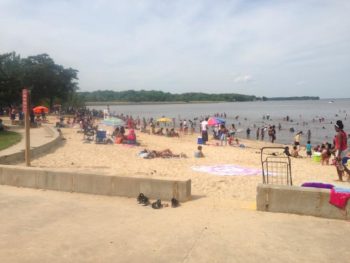
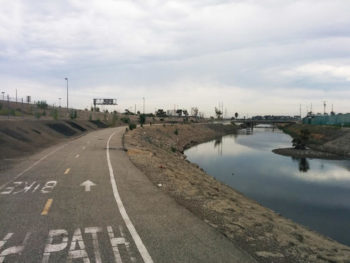
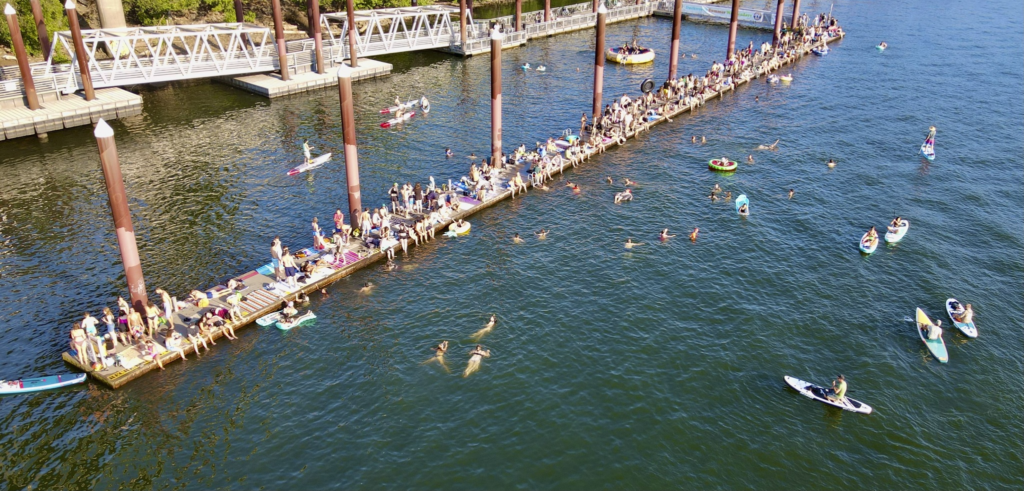
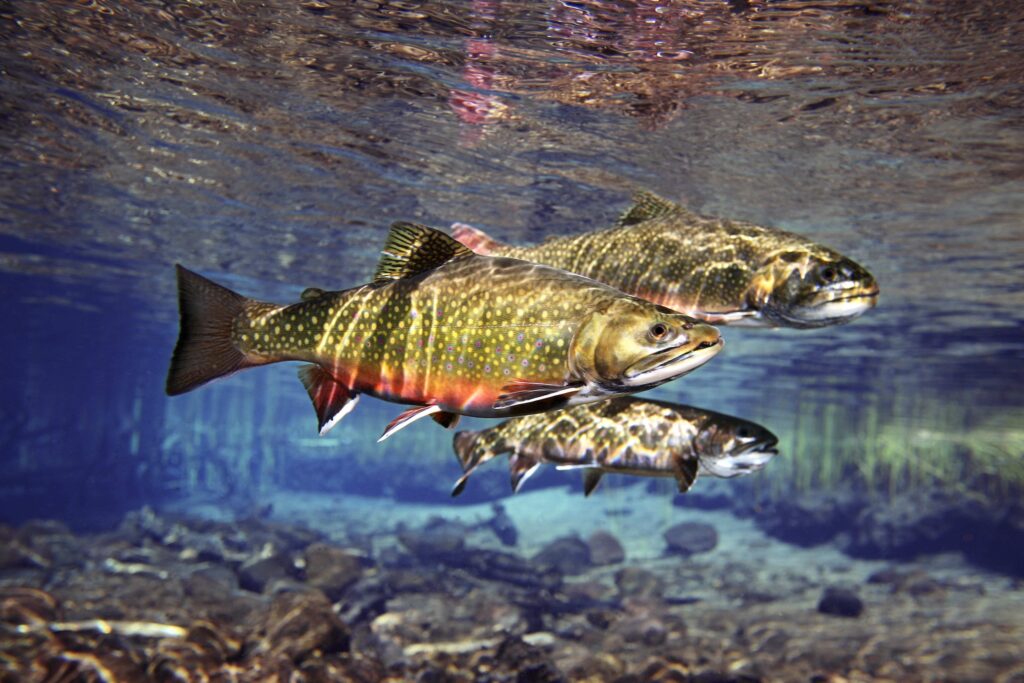
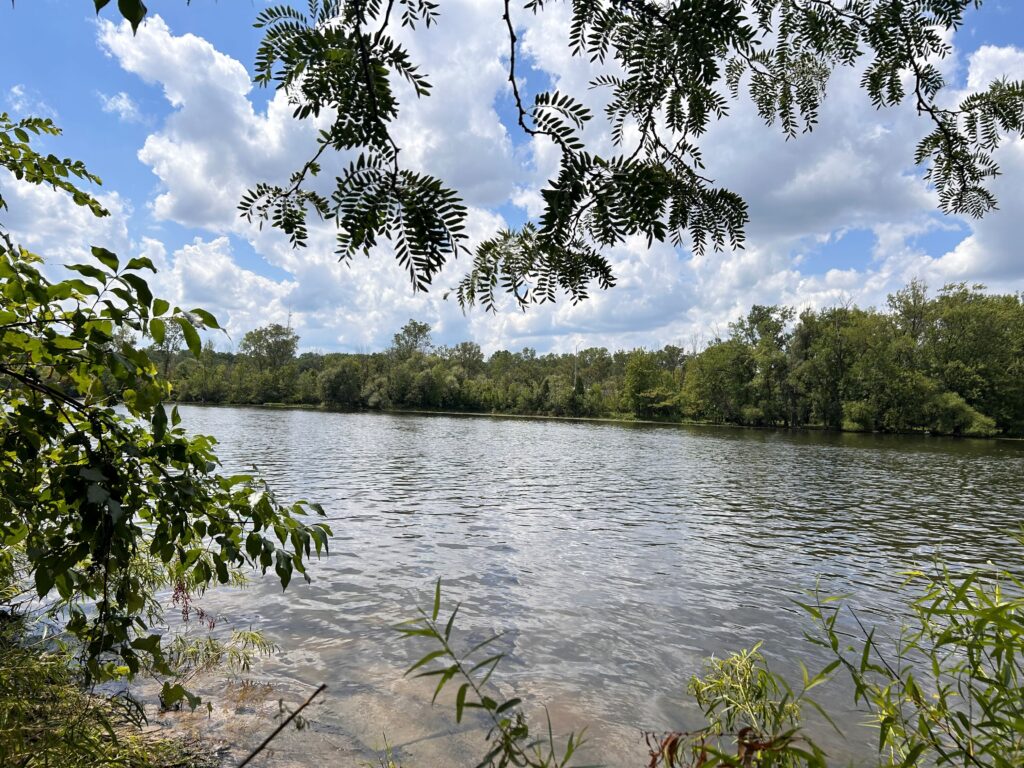
2 responses to “If the EPA Doesn’t Hold Stormwater Polluters Accountable, Who Does?”
The people responsible for the pollution are responsible for cleanup.
[…] American Rivers: If the EPA Doesn’t Hold Stormwater Polluters Accountable, Who Does? […]